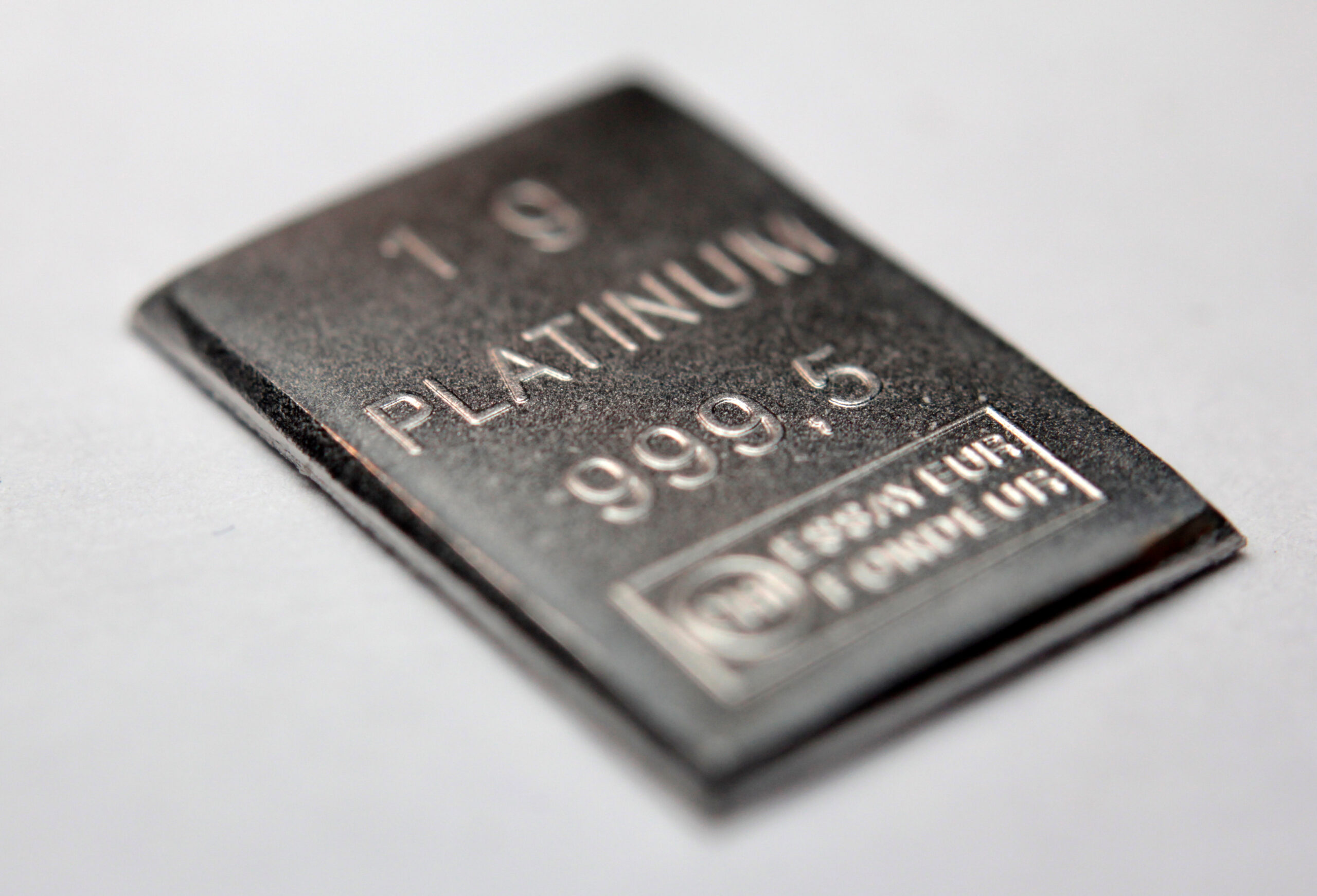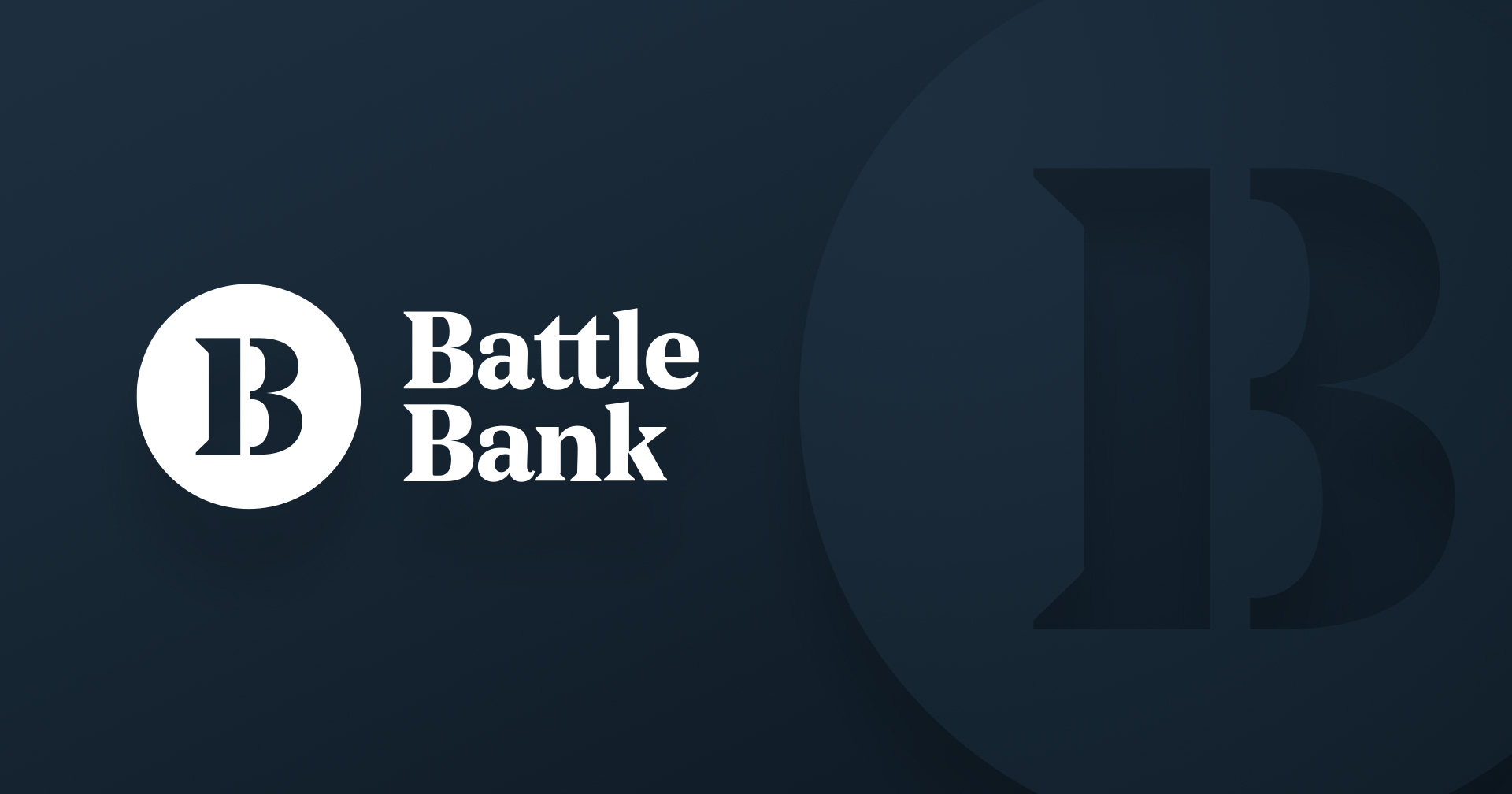Solo 401(k)
At Battle Bank, our Solo 401(k) is built for bold business owners — giving you full control as your own plan administrator and trustee. With checkbook access and flexible investment options, you can shape your future on your terms while maximizing your retirement contributions.

Solo 401(k) Benefits
A Solo 401(k) — also known as a one-participant 401(k) — is designed for self-employed individuals or business owners with no employees other than a spouse. Eligible entities include sole proprietors, LLCs, S corporations and partnerships. You can contribute up to $23,500 as an employee plus 25% of compensation as the employer.
You’re the plan administrator and trustee, so every investment decision is yours — no middlemen, no delays.
From real estate to private equity, you can invest in both traditional and alternative assets with ease.
Enjoy powerful tax benefits while building your retirement — whether you prefer pretax or Roth contributions.
This is designed for self-starters and solo business owners who want to shape their financial future on their own terms.
How To Set Up a Solo 401(k)
Confirm Eligibility and Choose a Provider
Make sure you’re self-employed with no full-time employees (other than a spouse), then select a Solo 401(k) provider that fits your investment goals.
Complete Plan Documents and Get an EIN
Fill out the adoption agreement and plan documents and obtain an Employer Identification Number (EIN) for your Solo 401(k).
Open a Solo 401(k) Account
Set up a bank or brokerage account to hold your plan assets and facilitate contributions and investments.
Fund and Manage Your Plan
Make contributions as both employee and employer, stay within IRS limits, and maintain compliance with any required filings.
Need Support?
Coming Soon
Available Monday to Friday between 8:00 a.m. and 6:00 p.m. central time.
Stay Current With Battle Bank
SOLO 401(K) BY BATTLE BANK
A Plan for You
A retirement plan built for business owners and their spouses — giving you the freedom to invest beyond traditional assets because you serve as your own 401(k) administrator and trustee.

Do I Qualify?
Frequently Asked Questions
What is a Checkbook Control IRA?
A Checkbook Control IRA is a powerful and flexible retirement platform that allows for full diversification of investments into anything the IRS rules allow and puts the IRA account holder in full control of all investment activities.
Using a special purpose Limited Liability Company (LLC), this vehicle provides checkbook control. The LLC is wholly owned by the IRA, and therefore has the same tax-sheltered status as the IRA itself. You can serve as the manager of the LLC and direct the investment activities personally. LLC funds are held in a bank account of your choosing, and all investment transactions take place from that account.
What is Battle Bank’s role in my Checkbook Control IRA?
Battle Bank has a two-part role as both your IRA custodian and your LLC retirement account facilitator.
Battle Bank is the custodian of your IRA. To have a self-directed IRA, it needs to be held with a custodian who will allow investments into non-traditional investments. Battle Bank is one of a few bank custodians that offer this IRA structure. Battle Bank will facilitate your IRA transactions such as transfers, contributions, and distributions. Additionally, Battle will handle the tax reporting on both IRS forms 1099-R and 5498.
Battle Bank is the retirement account facilitator for your LLC. We will set up and maintain the legal structure (LLC) that allows for checkbook control of the funds.
How many accounts will I have with a Checkbook Control IRA?
Battle Bank will open two accounts for you. You will have an IRA account and an LLC checking account. Each of these accounts serves a different purpose.
IRA Account: All IRA transactions will take place in your IRA. The IRA account will receive contributions, transfers, and rollovers as well as process all IRA distributions.
LLC Checking Account: Once the IRA is funded, you will move all funds to the LLC checking account and invest those funds. All investments and investment proceeds will flow through the LLC checking account.
What kind of investments can I make with a Checkbook Control IRA?
As the IRA owner, you will have total control over your assets. There is no need to spend extra on custodial fees, and investment decisions can be made without waiting for approval from a third party. You can invest in practically anything barring a few prohibited transactions such as collectibles and life insurance.
Popular investments include:
- Real Estate
- Precious Metals
- Crowdfunding and REITs
- Private Lending
- Privately Traded stocks
- Tax Liens
- Oil, Gas, and Mineral Rights
- Cryptocurrency
- Trust Deeds and Mortgages
- Stocks, Bonds, and Mutual Funds
Are there prohibited transactions?
IRS Publication 590-B defines a Prohibited Transaction as any improper transaction between an IRA and a Disqualified Person. The prohibited transaction rules do not define what investments your plan may own; instead they prohibit with whom your plan may transact and what investments specifically aren’t allowed. The Prohibited Transaction guidelines are outlined in Section 4975 of the Internal Revenue Code.
What are the prohibited transactions?
Prohibited transactions are transactions that are not allowed in a retirement account. Prohibited transactions are transactions between the IRA plan and a disqualified person that are prohibited by law. The Prohibited Transaction guidelines are outlined in Section 4975 of the Internal Revenue Code. The IRA must be used within these guidelines. Everything the IRA engages in must be for the benefit of the retirement plan. Any transaction between an IRA and a Disqualified Person can result in a Prohibited Transaction and severe tax consequences.
Disqualified Persons to a retirement plan:
- You, the owner of the plan
- Your spouse
- Your descendants (children, grandchildren, etc), and spouses of your lineal descendants (son-in law, daughter-in-law, etc) or lineal ascendants (parents, grandparents)
- Your beneficiaries
- The custodian or administrator of the plan
- Companies who provide services to the IRA LLC
- Any corporation, partnership, trust, or estate in which you directly or indirectly own 50% or more
- An officer, director, highly compensated employee, or shareholder of 10% or more of the entity described above
Additionally, the below investments and specifically prohibited:
- Collectibles, such as artwork, rugs, antiques, stamps, gems, alcoholic beverages, etc
- Precious metals (with the exception of coins minted by the U.S. Treasury and are 99.9% in purity)
Are there any fees?
One Time Setup Fee: Battle Bank will create and maintain your annual registration for your special purposes LLC. There is a one-time fee of $399 for the document setup and IRA creation. This fee will be charged to you through Square, and a link will be emailed to you requesting payment within 48 hours of opening your IRA.
Maintenance Fee: A monthly maintenance fee of $20 is charged to your LLC checking after the first statement cycle.
How do I move money from another IRA or employer-sponsored plan to my Battle Bank IRA?
We make the process seamless. After your account is opened, log into your online banking and select the IRA contribution option. Follow the step-by-step instructions for completing your transfer or rollover.
How do I make an annual contribution?
To make an annual contribution to your IRA, write a check and make a mobile check deposit into your IRA account. Title the check: “[Your Name] IRA, Battle Bank Custodian”. You’re able to make your annual contribution and choose the contribution year all in one simple step.
Please note that you should never deposit an IRA contribution into your LLC checking account. All IRA contributions must be deposited into your IRA.
My account is funded. What are the next steps to invest?
Once your IRA account is funded, you will transfer your balance to your LLC checking account. You can wire, ACH, or write a check to the investment of your choice.
How do I title my investments?
Checkbook Control IRA assets are owned directly by the LLC. When titling your assets, title them in the name of the LLC. For example, “[LLC name]”, or “[LLC name] FBO [Your name], Manager”. Assets should never be titled solely in your name.
How do I endorse my investment check?
Checks made out to your LLC should be signed by you as the manager. The most widely accepted version of this is “[LLC name] FBO [Your Signature], Manager”.
How do I designate a beneficiary?
You can add beneficiaries and change beneficiaries at any time. You can access the beneficiary designation through your online banking.
What is a Traditional IRA?
A Traditional IRA is a type of retirement savings account that provides individuals with a tax-advantaged way to save for their retirement. Contributions to a Traditional IRA are often tax deductible, meaning that the money you contribute is subtracted from your taxable income for the year in which you make the contribution. This can reduce your current-year income tax liability, lowering your overall tax bill.
What is a Roth IRA?
A Roth IRA is a tax-advantaged retirement savings account available to individuals in the United States. Contributions to a Roth IRA are made with after-tax dollars, meaning you don't receive an upfront tax deduction for your contributions. However, because withdrawals are tax free in retirement, this can be a significant benefit over time, especially if your investments grow substantially.
Roth IRAs also have no RMDs, allowing the Roth IRA to continue growing, even later in life. This can be especially helpful for estate planning purposes.
Unlike Traditional IRAs, Roth IRAs do have income limits. If your Modified Adjusted Gross Income (MAGI) exceeds a certain amount, you cannot make new contributions to a Roth IRA. However, you can still rollover or convert funds to a Roth IRA with no income limits.



















